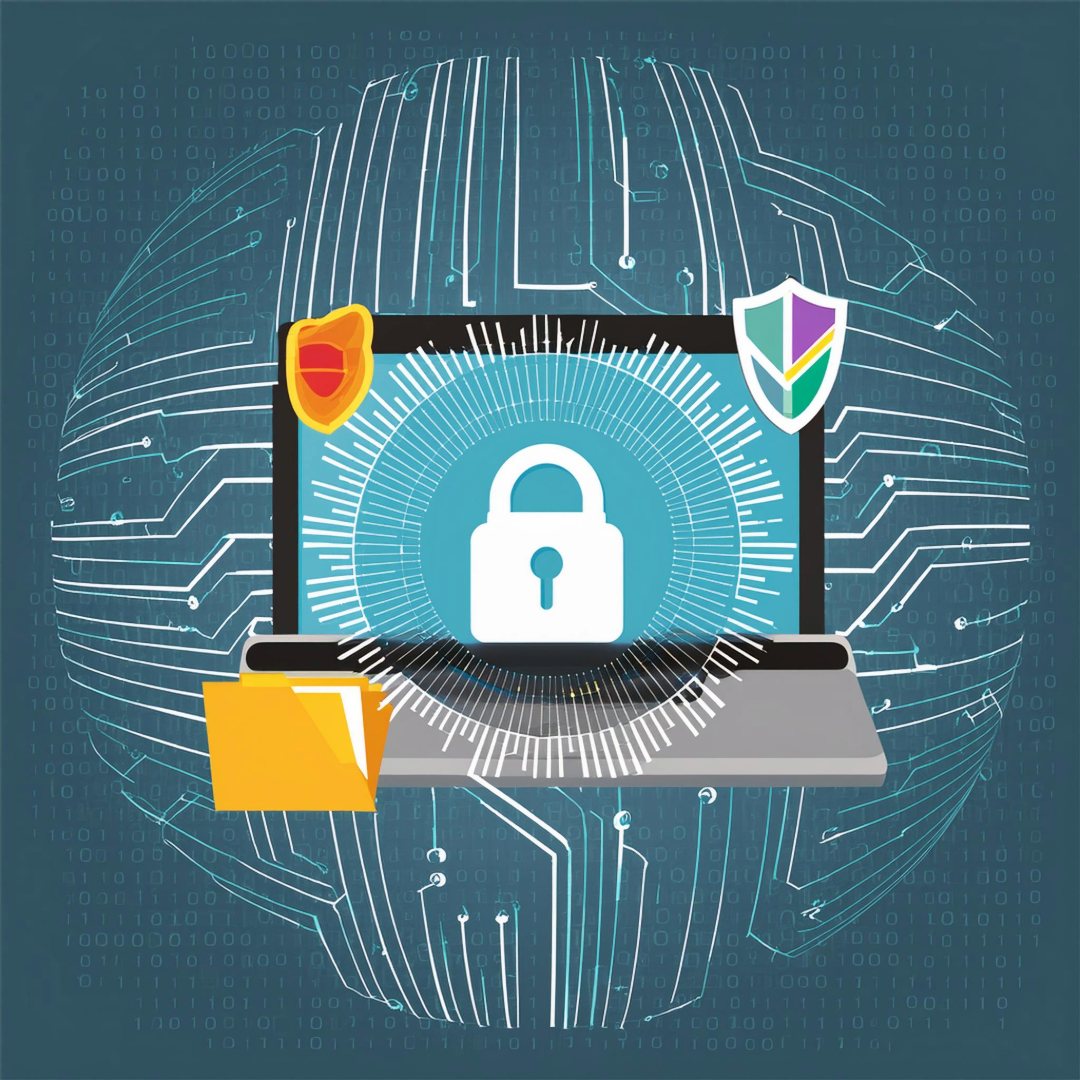
The Complete Data Science Project Lifecycle From Problem Definition to Model Maintenance
Data science projects follow structured steps from problem definition to model monitoring for business impact.

Data science projects follow structured steps from problem definition to model monitoring for business impact.

Data science is transforming industries, optimizing decision-making in healthcare, finance, retail, sports, and transportation.

Introduction: Murat Kurkoğlu was an ordinary computer engineer, spending long hours in front of his Lenovo ThinkPad, navigating the infinite complexities of Linux. By night, he was OrionInsist, a cybersecurity enthusiast solving real-world problems with his extraordinary coding skills. But this night was different. It was the night that everything changed. Scene 1: The Message The laptop screen flickered. At first, Murat thought it was a routine kernel panic. He ran a quick dmesg | tail to diagnose the issue, but the screen blacked out completely. Suddenly, green letters appeared on the screen, forming a single sentence: “Do you want to see the truth, Orion?” ...

The Importance of Data Science In today’s rapidly evolving technological landscape, data science has emerged as one of the most influential fields driving innovation and growth. But what exactly is data science, and why has it become such a critical tool in the modern world? The Rise of Data Science Data science, which combines various techniques from statistics, computer science, and domain expertise, allows professionals to extract insights and make informed decisions based on large amounts of data. This field has grown significantly in recent years, with the explosion of data across the internet, social media platforms, sensors, and other digital sources. ...

Data science is a multidisciplinary field that focuses on collecting, analyzing, and extracting meaningful insights from data to make predictions and informed decisions. This field integrates various domains such as statistics, mathematics, computer science, and domain expertise. Key Concepts of Data Science Foundations of Data Science What is Data Science? Data science involves the processes of gathering, processing, analyzing, and interpreting data to derive valuable information. It combines expertise from multiple disciplines to uncover patterns, trends, and actionable insights from complex datasets. ...
Syntax: In programming languages, syntax refers to the set of rules that defines the combinations of symbols that are considered to be correctly structured programs. It essentially dictates how code must be written. High-Level Languages: These are programming languages that are closer to human languages, making them easier to read and write. An example is Python. Low-Level Languages: These languages are closer to machine language, making them less readable for humans. Examples include C and C++. ...
Compilers and Interpreters When programming, we use compilers or interpreters to convert our code into machine language that a computer can understand. Compiler A compiler is a software tool that translates source code written in a programming language into machine code. This process is called “compiling.” The output is usually an executable file that can be run on a specific processor architecture. Process: Source Program –> Compiler –> Target Program (Machine Language) ...
Computers and Components A computer is a device that processes data and follows instructions called programs. It includes hardware like the CPU, memory, storage, and input/output devices. Programs and Programming Languages Program: A program is a set of commands that tells the computer what to do. Programming Language: A programming language helps developers give instructions to the computer in a standard way. Machine Language Computers are made of transistors, which can either stop or allow electricity to pass through. 0 (Low) means no electricity passes, and 1 (High) means electricity passes. Machine language is made up of 0s and 1s, which is the only language a computer can understand. Everything you see on a screen comes from these 0s and 1s. For example, “HELLO” in binary looks like: H → 01001000 E → 01000101 L → 01001100 L → 01001100 O → 01001111
1.1 What is Python? Python is one of the most beginner-friendly programming languages, known for its simplicity and versatility. It’s widely applied in various fields, including artificial intelligence (AI) and machine learning. This guide will introduce you to Python and help you build a strong foundation from the ground up. 1.2 The Learning Path To effectively learn Python, you’ll typically follow this progression: Introduction → Basic Concepts → Setting Up Your Environment → Learning Modules → Hands-on Coding & Projects → Assessment & Summary ...

Introduction: In today’s digital world, cybersecurity and information security are two critical concepts that are essential for protecting individuals and organizations from cyber threats. As the internet becomes increasingly prevalent and data flows expand, so does the risk of unauthorized access to sensitive information and cyberattacks. In this blog post, we will explore the differences between cybersecurity and information security, discuss their fundamental goals and importance, and provide practical tips to help you stay safe online. ...